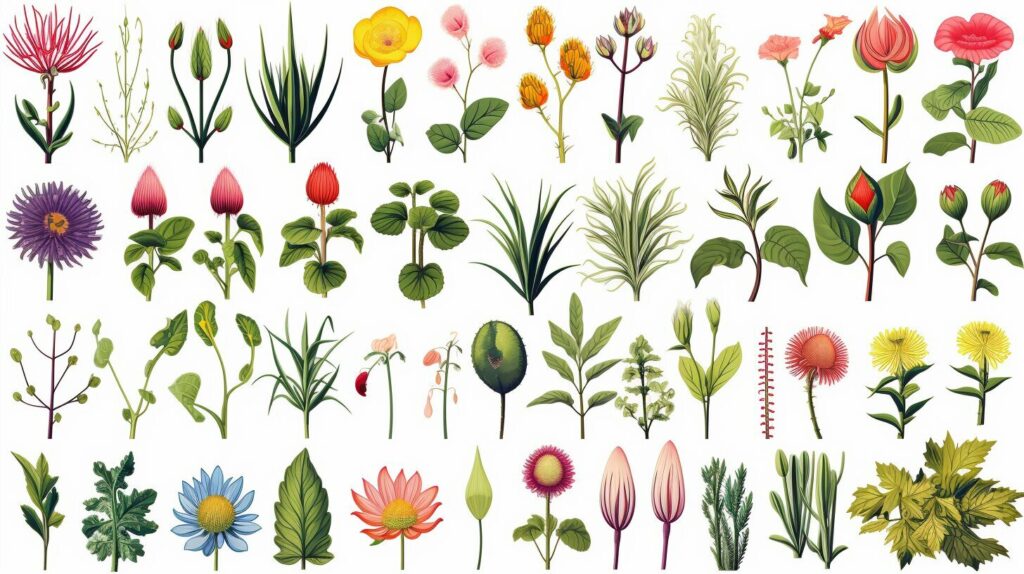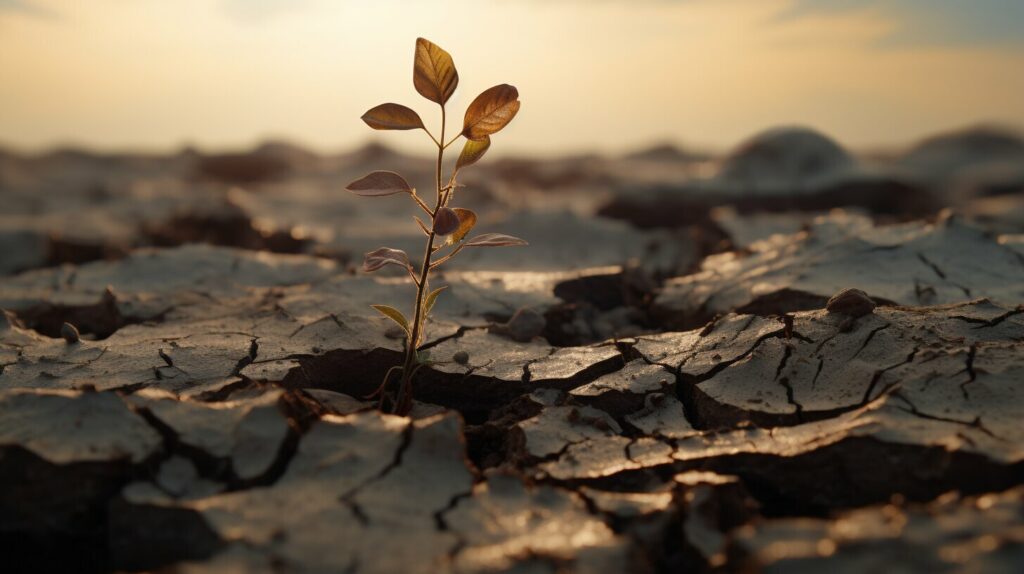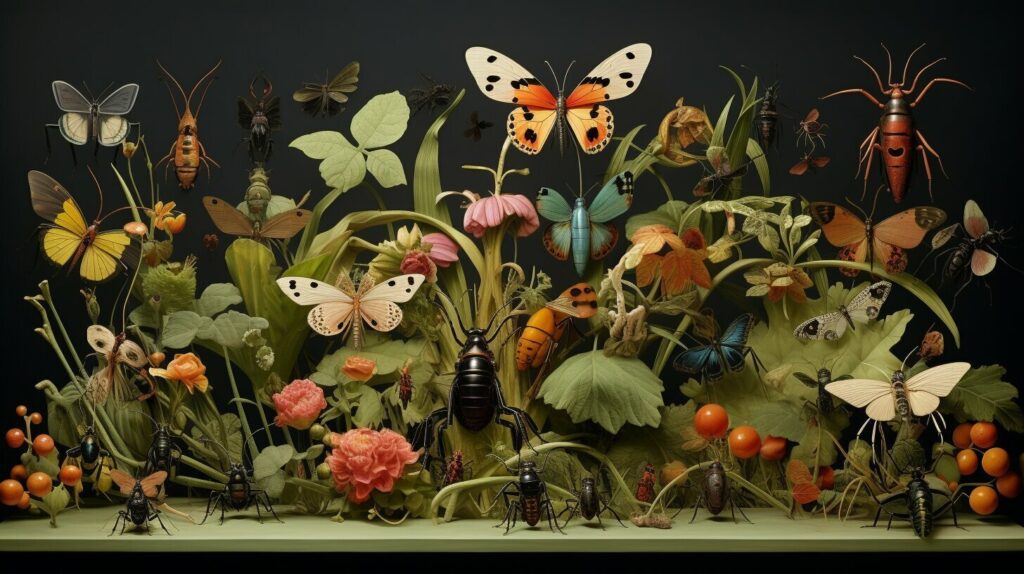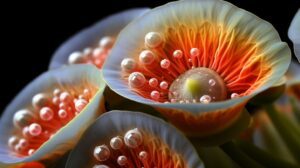Have you ever wondered whether plants Are Plants Abiotic or Biotic? It’s a common question, and the answer isn’t as straightforward as you might think. In this article, we’ll explore the fascinating world of plants and delve into the question of whether they are abiotic or biotic. We’ll also look at the different factors that define plant life and their classification. So, let’s get started!
- Plants are a complex living organism that do not fit neatly into the categories of biotic or abiotic.
- Plant classification is based on a variety of factors, including their cellular structure, reproduction methods, and ecological roles.
- The interaction between plants and their environment includes both abiotic and biotic factors, and understanding these relationships is crucial for the survival and growth of plants.
- Abiotic factors such as temperature, water, light, and soil quality all impact plant growth and survival.
- Biotic factors such as symbiotic relationships with other organisms and herbivores or pollinators also play a significant role in shaping plant communities.
Understanding Plant Characteristics and Taxonomy
Plants are fascinating organisms with unique characteristics that set them apart from other living beings. They are eukaryotic, multicellular, and autotrophic, meaning they can produce their food through photosynthesis.
Plant taxonomy refers to the science of naming, describing, and classifying plants. It has evolved over time with advancements in plant biology, genetics, and ecology. The classification of plants is based on various factors, including morphology, anatomy, reproductive structures, and genetic makeup.
There are over 300,000 species of plants, and they are classified into various groupings, with the two primary categories being vascular and nonvascular plants. Vascular plants have specialized tissues that transport water and nutrients around the plant, while nonvascular plants lack such tissues.
The various categories of plants include mosses, ferns, gymnosperms, and angiosperms. Mosses and ferns are nonvascular plants, while gymnosperms and angiosperms are vascular plants.
Gymnosperms are plants that have naked seeds, while angiosperms have seeds that are enclosed within fruits. Angiosperms are further classified into monocots and dicots, based on the number of cotyledons or seed leaves they have. Monocots have one cotyledon, while dicots have two.

Understanding plant taxonomy and the characteristics that define plants is critical to identifying and classifying plant species efficiently. It is also essential for understanding the role that plants play in our ecosystems and agriculture.
Next, we will explore the abiotic factors that influence plants and their growth and survival.
Exploring Abiotic Factors in Plants
Plants are fascinating organisms that interact with their environment in complex ways. In this section, we’ll explore the abiotic factors that influence plant growth and survival. Abiotic factors are non-living components of a plant’s environment, including temperature, light, soil, and water.
Temperature plays a crucial role in plant development. Each plant has a specific temperature range in which it can grow optimally. High temperatures can lead to heat stress, which can damage plant tissues and affect growth. On the other hand, low temperatures can cause frost damage or even kill the plant.

Light is another important abiotic factor for plants. It is necessary for photosynthesis, the process by which plants convert light energy into chemical energy. Light also regulates plant growth and development, such as the timing of flowering.
Soil is the foundation for plant growth, providing nutrients and support. Different plants require different soil conditions to grow optimally. Soil composition, pH, and moisture content all influence plant growth.
Water is essential for plant survival. Plants absorb water through their roots and use it to transport nutrients throughout the plant. Adequate water is necessary for photosynthesis and other metabolic processes. However, too much water can lead to root rot and other diseases.
Abiotic factors interact with each other and with biotic factors, such as other plants and animals, in complex ways. The combination of these factors creates a unique ecosystem for each species of plant.
Understanding the abiotic factors that influence plant growth and survival is crucial for successful plant cultivation and management. By ensuring optimal soil conditions, providing the right amount of water and light, and managing temperature, we can help plants thrive in their environment.
Revealing Biotic Factors in Plants
Plants do not exist in isolation, but rather form a part of complex ecosystems where they interact with a variety of living organisms. These interactions can be symbiotic, where both organisms benefit, or parasitic, where one organism benefits at the expense of the other. Here, I will explore the biotic factors that affect plants and the relationships they form with other living organisms in their environment.
One of the most important biotic factors that affects plants is pollination. Plants rely on pollinators such as birds, bees, and butterflies to transfer pollen from one plant to another, which allows for fertilization and the production of seeds. Without pollinators, many plant species would not be able to reproduce and would eventually become extinct. Furthermore, the decline of pollinator populations due to habitat loss and pesticide use is putting many plant species at risk.
Herbivores are another biotic factor that can have a significant impact on plant growth and survival. Herbivores such as insects or mammals that eat plants can stunt plant growth, reduce their ability to reproduce, and ultimately kill them. However, plants have evolved various defense mechanisms such as thorns, spines, and chemical toxins to deter herbivores and protect themselves.
Plants can also form symbiotic relationships with other organisms. For example, some plants have evolved to attract ants, which protect the plant from herbivores and other predators. In exchange, the plant provides food and shelter for the ants. Other plants form relationships with fungi that live in their roots, which help the plant absorb nutrients from the soil.
Overall, the relationships between plants and other living organisms in their environment are complex and varied. Understanding these relationships is crucial for maintaining healthy plant ecosystems and preserving biodiversity. By protecting pollinators and other beneficial organisms, we can ensure the survival of the plants that depend on them and maintain the delicate balance of our natural world.

In conclusion, the question of whether plants are abiotic or biotic is intriguing, and the answer is not as straightforward as one might think. We’ve learned that plants are biotic organisms that play a crucial role in the ecosystem. They have unique characteristics and have been classified based on various factors, including their morphology, anatomy, and genetics.
Abiotic factors such as temperature, light, water, and soil influence the growth and survival of plants, while biotic factors, including interactions with other living organisms, play a crucial role in shaping plant communities.
Understanding the interplay between plants and their environment is essential to appreciate the remarkable adaptability and resilience of the plant kingdom. So, whether you’re a botanist, a gardener, or merely a nature lover, take a moment to appreciate the wonders of the plant world and the fascinating complexities of its interactions with the environment.
With this newfound knowledge about plants‘ abiotic and biotic nature, plant classification, and the impact of environmental factors on their growth, we can better appreciate the vital role plants play in our world. From providing oxygen to supporting diverse ecosystems, plants are crucial to the well-being of the planet and its inhabitants.
FAQ
Q: Are plants abiotic or biotic?
A: Plants are living organisms and therefore classified as biotic.
Q: What are the characteristics of plants?
A: Plants have characteristics such as photosynthesis, cell walls, and the ability to reproduce using spores or seeds.
Q: How are plants classified?
A: Plants are classified based on various factors such as their reproductive structures, habitat, and evolutionary relationships.
Q: What are abiotic factors that affect plants?
A: Abiotic factors include temperature, light, soil composition, and water availability, which can impact plant growth and survival.
Q: What are biotic factors that affect plants?
A: Biotic factors include interactions with other living organisms, such as pollinators, herbivores, and symbiotic relationships.
Q: How do abiotic factors influence plant growth?
A: Abiotic factors can affect plant growth by influencing nutrient availability, water uptake, and the overall suitability of the environment for plant survival.
Q: How do biotic factors influence plant communities?
A: Biotic factors play a crucial role in shaping plant communities by influencing competition, predation, and the processes of pollination and seed dispersal.
Q: What is the conclusion regarding plants being abiotic or biotic?
A: Plants are considered biotic organisms due to their living nature and interactions within their environment, both abiotic and biotic.





Pingback: Unlocking the Mystery: How Plants Make Oxygen
Pingback: Uncovering the Mystery: Can Plants Die of Old Age?